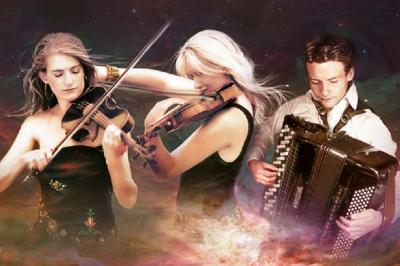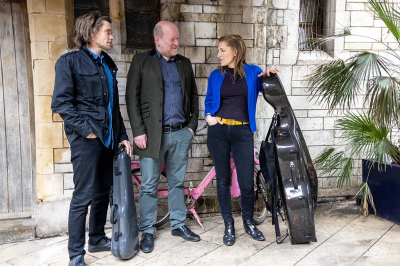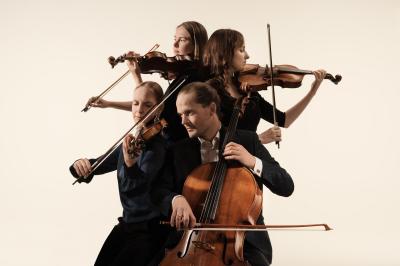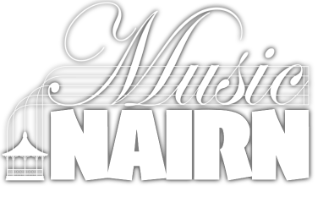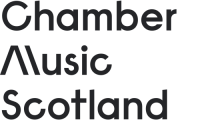Henry Wallace
Music Nairn's chamber music season saw something of a departure from tradition with an organ recital in St Ninian's showcasing the recently restored 1924 Willis and Lewis organ. The guest organist was Henry Wallace, the younger son of the musical Wallace dynasty of Nairn. Henry's mother, a fine keyboard player in her own right and who was in the audience, was organist at St Ninian's for many years, so it was doubly fitting that Henry, currently organist and choirmaster at Greyfriars Kirk in Edinburgh, should be demonstrating the virtues of one of the finest organs in the North.
He opened with three contrasting pieces by the great organ player and composer J S Bach. The Fuge über das Magnificat pro organo plena established the evening's fugal theme with one of Bach's finest, a deeply satisfying fugue with a dramatically timed late entry from the pedals. The lovely Adagio dolce from Bach's Trio Sonata no 3, for which Henry chose some mouth-watering timbres, was completely charming, while the sparkling 'Gigue' Fugue brought this Baroque sequence to a thrilling conclusion.
With the Elegies by Sir Hubert Parry and George Thalben-Ball we were thoroughly in Edwardian weeds, and again the organ provided just the right registrations to bring this melancholy music to life. The transition from Thalben-Ball to Flor Peeters, although brief in years, constitutes a quantum leap in style, and with the great Belgian organist's Variations on the familiar Christmas Carol 'Heer Jezus heft een hofken' we were firmly in the rich realm of modern organ music. The daring harmonies of the second variation, almost, as Henry pointed out, bi-tonal in nature, prepared the ground for an incandescent finale, which betrayed the influence of another great composer of modern organ music, Olivier Messiaen.
Back to fugues, and the intriguing E-minor Prelude and Fugue by Paul Müller-Zürich in which the haunting Prelude theme returned calmingly after the splendidly strident fugue. Two of the Five Short Pieces by Vaughan-Williams' pupil Percy Whitlock, beautifully lyrical and limpidly English in character, were reminiscent of the music of that other great RVW protégé Gerald Finzi. Henry used these pieces imaginatively to demonstrate the rich palette of musical colours available on the organ, while in my opinion an organ arrangement of Sir Peter Maxwell Davies' ubiquitous Farewell to Stromness worked better than the piano original.
And to conclude, a final Prelude and Fugue by Camille Saint-Saëns, a composer famous for his own formidable keyboard technique, but not normally associated with the organ. This op 99 piece in E-flat is a splendid affair, drawing simultaneously on the French organ tradition and the music of Bach and Mendelssohn. It provided a suitably flamboyant fugal tour-de-force to bring this revelatory recital to a ringing conclusion. After accepting his fully justified applause, Henry was right to acknowledge the star status of the instrument. During the Thalben-Ball piece when the full organ was heard for the first time, a beam of sunlight had magically lighted upon the organ, illuminating its cavernous interior, and with its spectacular full organ sound and rich and varied array of registrations this fine old instrument was a palpable factor in the evening's success. A more unobtrusive presence was Henry's wife Amelia, who ably assisted with organ stops and page-turning. The St Ninian's congregation are to be congratulated for their vision in undertaking the refurbishment of this fine organ, while Music Nairn's creative thinking too deserves recognition.
Forthcoming Events
